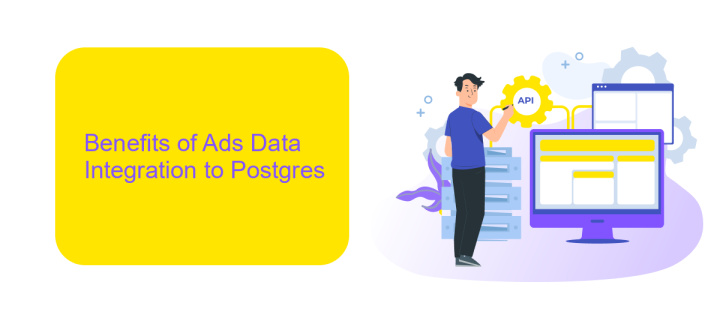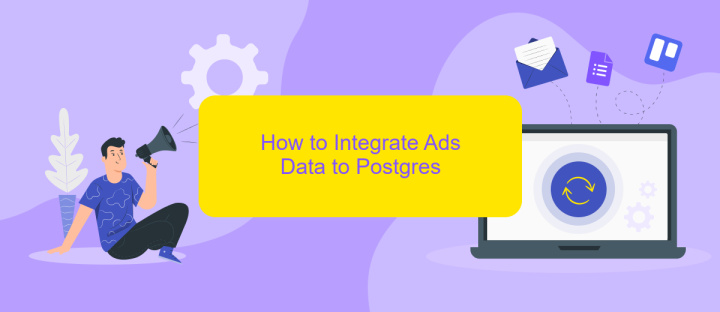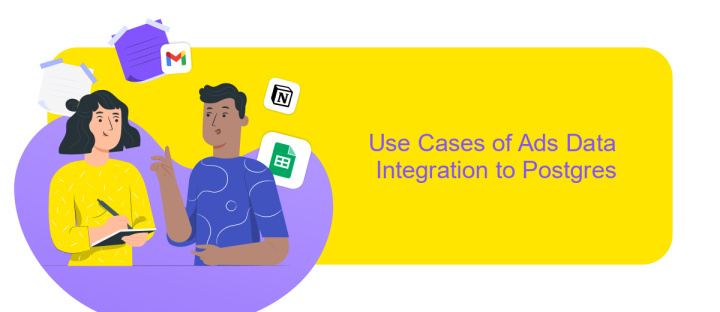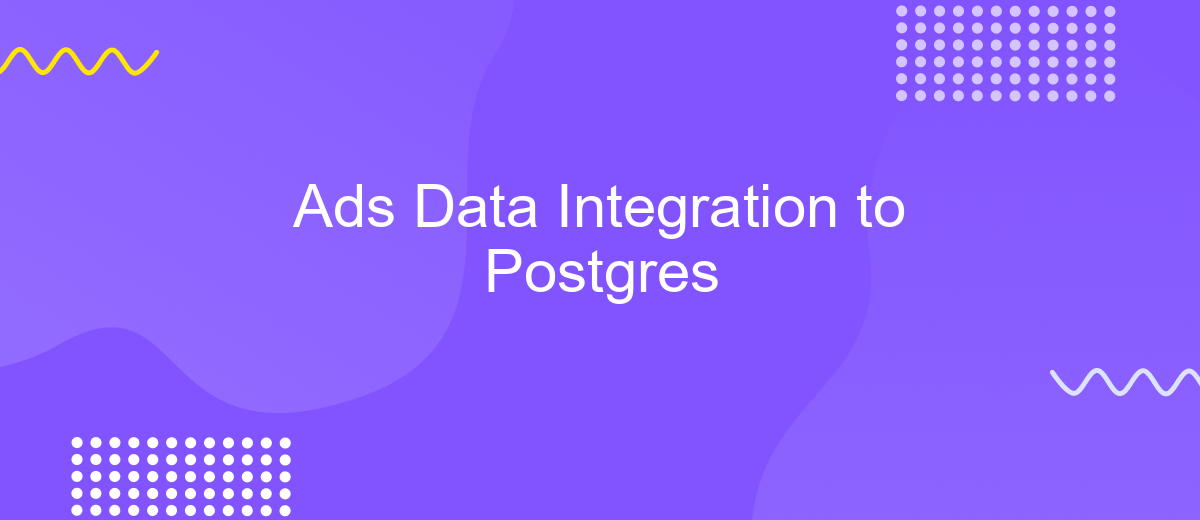Ads Data Integration to Postgres
Integrating ads data into PostgreSQL can significantly enhance your data analytics capabilities, providing a centralized repository for comprehensive insights. By consolidating your advertising metrics in Postgres, you can streamline data management, improve query performance, and enable more sophisticated analysis. This article explores the steps and best practices for seamlessly integrating ads data into your Postgres database, ensuring efficient and accurate data handling.
What is Ads Data Integration to Postgres?
Ads Data Integration to Postgres involves the process of collecting, transforming, and loading advertising data from various ad platforms into a PostgreSQL database. This integration allows businesses to centralize their ad performance metrics, facilitating more efficient data analysis and reporting.
- Centralized Data Storage: Consolidate data from multiple ad platforms into one location.
- Enhanced Reporting: Generate comprehensive reports using SQL queries.
- Data Transformation: Clean and normalize data for consistency.
- Scalability: Handle large volumes of data efficiently.
- Real-time Updates: Keep data current with automated syncing.
By integrating ads data into Postgres, organizations can gain deeper insights into their advertising efforts, optimize their campaigns, and make data-driven decisions. This seamless integration ensures that all relevant data is accessible and actionable, leading to improved marketing strategies and better ROI.
Benefits of Ads Data Integration to Postgres

Integrating ads data into Postgres offers numerous benefits for businesses looking to streamline their data management and enhance their decision-making processes. By centralizing ad performance metrics in a robust and scalable database like Postgres, companies can perform more efficient data analysis, enabling them to optimize their marketing strategies. This integration allows for real-time data synchronization, ensuring that decision-makers have access to the most up-to-date information, which is crucial for making timely and informed decisions.
Moreover, using a service like ApiX-Drive simplifies the integration process, allowing businesses to connect their advertising platforms with Postgres seamlessly. ApiX-Drive's user-friendly interface and automation capabilities reduce the need for manual data handling, minimizing errors and saving valuable time. This streamlined workflow not only enhances productivity but also ensures data accuracy and consistency across various platforms. Ultimately, integrating ads data into Postgres with the help of ApiX-Drive empowers businesses to leverage their data more effectively, driving better marketing outcomes and overall business growth.
How to Integrate Ads Data to Postgres

Integrating ads data into Postgres can streamline your analytics and reporting processes. This guide will walk you through the essential steps to achieve seamless integration.
- Extract Data: Use APIs from ad platforms like Google Ads or Facebook Ads to extract the necessary data.
- Transform Data: Clean and format the extracted data to match your Postgres schema using tools like Python or ETL software.
- Load Data: Utilize SQL commands or data loading tools such as pgAdmin or psql to import the transformed data into your Postgres database.
By following these steps, you can ensure that your ads data is accurately and efficiently integrated into your Postgres database. This integration will empower you to perform more comprehensive data analysis and make informed business decisions.
Use Cases of Ads Data Integration to Postgres

Integrating ads data into a Postgres database offers a multitude of benefits for businesses looking to streamline their marketing analytics. By centralizing ad performance data, companies can gain a comprehensive view of their marketing efforts, enabling more informed decision-making. This integration can significantly enhance the accuracy and efficiency of data analysis.
One of the primary use cases is the ability to consolidate data from multiple advertising platforms into a single repository. This not only simplifies data management but also facilitates cross-platform performance comparisons. Additionally, storing ads data in Postgres allows for advanced querying and reporting capabilities, making it easier to identify trends and insights.
- Centralized data management from various ad platforms
- Enhanced data analysis and reporting capabilities
- Improved decision-making with comprehensive insights
- Streamlined data access and retrieval processes
Furthermore, integrating ads data into Postgres can help automate routine tasks such as data cleaning and transformation, saving valuable time and resources. Companies can leverage this integration to build custom dashboards and reports, providing stakeholders with real-time access to critical marketing metrics. Ultimately, this leads to more effective and efficient marketing strategies.
Conclusion
Integrating ads data into Postgres offers a streamlined approach to managing and analyzing marketing performance. By centralizing data from various advertising platforms, businesses can gain comprehensive insights that drive informed decision-making. This integration eliminates the fragmentation of data across multiple sources, providing a unified view that enhances reporting accuracy and operational efficiency.
Utilizing services like ApiX-Drive simplifies the integration process, enabling seamless data transfer without the need for extensive coding or technical expertise. ApiX-Drive's user-friendly interface and automation capabilities ensure that data is consistently updated and synchronized, allowing teams to focus on strategic analysis rather than manual data handling. In conclusion, integrating ads data into Postgres with the help of robust tools like ApiX-Drive empowers businesses to maximize their marketing efforts and achieve greater ROI.
FAQ
How can I integrate my ad data with a Postgres database?
What are the benefits of integrating ad data into a Postgres database?
How often should I update my ad data in Postgres?
What challenges might I face when integrating ad data into Postgres?
Can I automate the integration process?
Do you want to achieve your goals in business, career and life faster and better? Do it with ApiX-Drive – a tool that will remove a significant part of the routine from workflows and free up additional time to achieve your goals. Test the capabilities of Apix-Drive for free – see for yourself the effectiveness of the tool.

